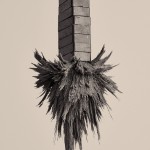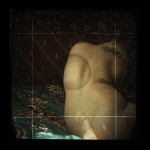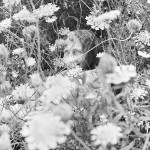CENTER’s Director’s Choice Award 2nd Place Winner: Marcus DeSieno
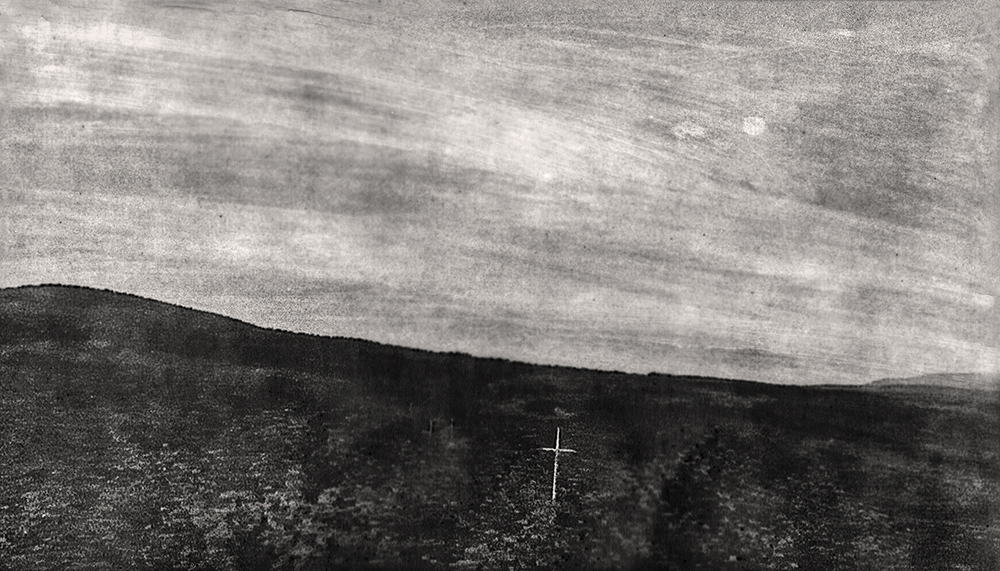
©Marcus DeSieno, 33.509720, 126.521940 Medium:Archival Pigment Print of a Still from a Surveillance Camera Feed Year: 2017
Congratulations to Marcus DeSieno for his Second Place win in the CENTER’s Director’s Choice Awards acknowledging his project, No Man’s Land: Views From a Surveillance State. The Choice Awards recognize outstanding photographers working in all processes and subject matter. Images can be singular or part of a series.
Juror Naomi Cass, Director, Centre for Contemporary Photography, Australia shares her thoughts on her selections:
Selecting work for the CENTER Awards has been both a challenge and an exciting process. In many respects the award shows something of where the camera is being pointed today, and has been a fabulous journey for me from Australia. Each of these series I have selected responds to an issue of current relevance: the personal cost of political repression in the winning series; the ubiquitous presence of surveillance, even of the uninhabited landscape, in the second place winner, and the surge of young people seeking recognition for their identity as the third place winner.
No Man’s Land: Views From a Surveillance State is a remarkable project, where surveillance footage, nefariously obtained, is re-presented for its traditional pictorial values, hearkening back to earlier modes of photography and the picturesque landscape. I have selected these curiously beautiful and enigmatic landscapes as my second place winner. The disjuncture between this origin and reference to landscape traditions becomes apparent and insightful on knowing the source of the images, namely surveillance footage. This series opens up many questions, not least of which what is the existential function of this material?
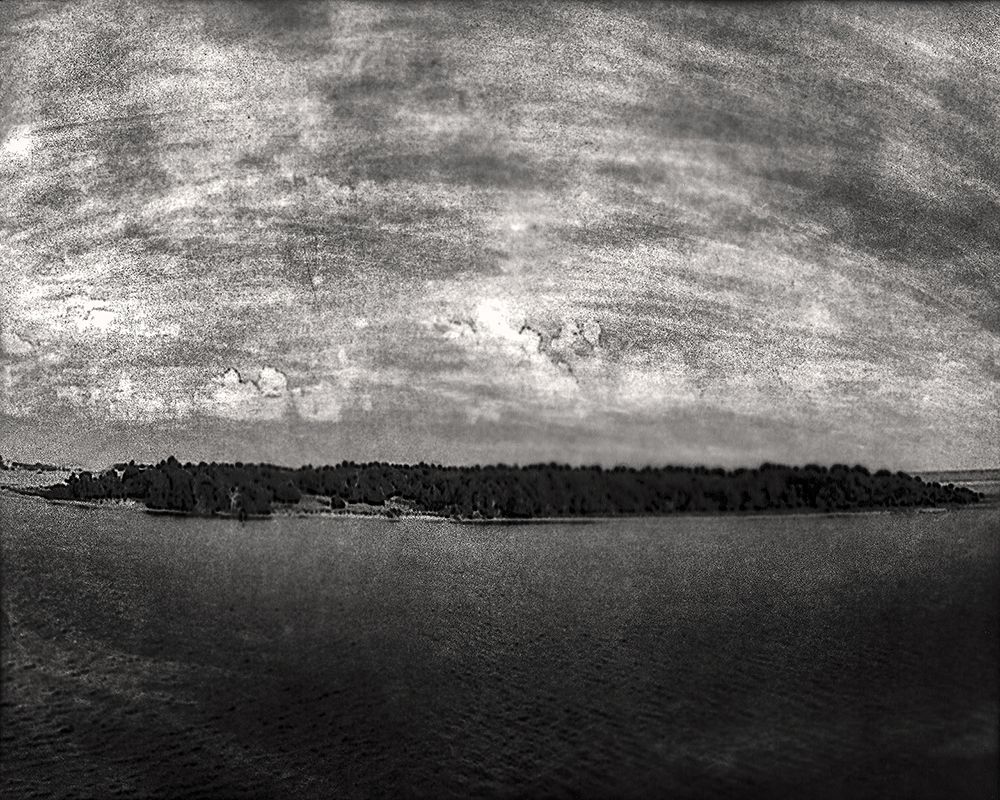
©Marcus DeSieno, 35.996611, -78.899080 Medium: Archival Pigment Print of a Still from a Surveillance Camera Feed Year: 2016
Naomi Cass, Director, Centre for Contemporary Photography, Australia
Naomi Cass has worked in the fields of contemporary art, craft, design and music since completing her honours degree at the University of Melbourne. In 2009 she initiated Flash, a quarterly journal of reviews interviews and comment on photography and video, published by the Centre for Contemporary Photography.
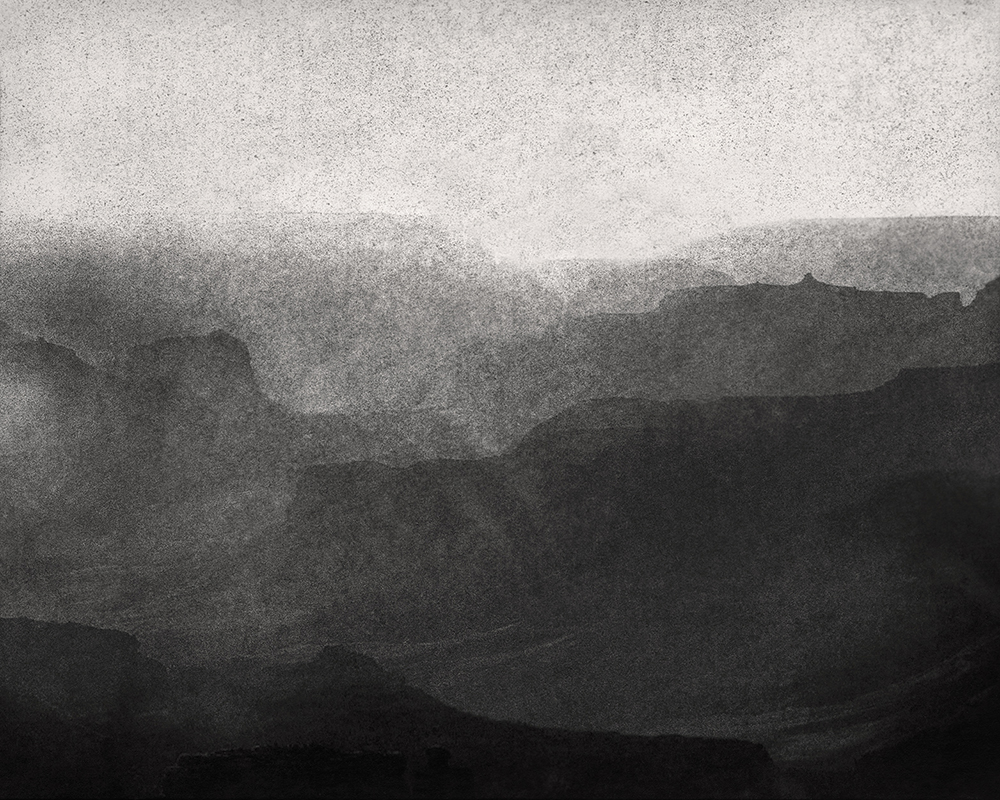
©Marcus DeSieno, 36.112764, -113.996069 Medium: Archival Pigment Print of a Still from a Surveillance Camera Feed Year: 2015
Marcus DeSieno is a lens-based artist who is interested in how the advancement of visual technology continually changes and mediates our understanding of the world. DeSieno often combines antiquated and obsolescent photographic processes with contemporary imaging technologies in his work to engage in a critical dialog on the evolution of the photographic medium in relation to seeing. He received his MFA in Studio Art from the University of South Florida and is currently the Assistant Professor of Photography at Central Washington University in Ellensburg, Washington.
DeSieno’s work has been exhibited nationally and internationally at the Aperture Foundation, The Center for Fine Art Photography, Candela Gallery, the Fort Wayne Museum of Art, Rayko Photo Center, Center for Photography at Woodstock, and various other galleries and museums. His work has also been featured in a variety of publications including The Boston Globe, FeatureShoot, GUP Magazine, Hyperallergic, Huffington Post, National Geographic’s Proof, PDN, Slate, Smithsonian Magazine, and Wired. DeSieno was named a selection for Photolucida’s Critical Mass 50 and an Emerging Talent by Lensculture for 2016. His first monograph, No Man’s Land: Views From a Surveillance State, was recently published by Daylight Books in 2018 and is available now.
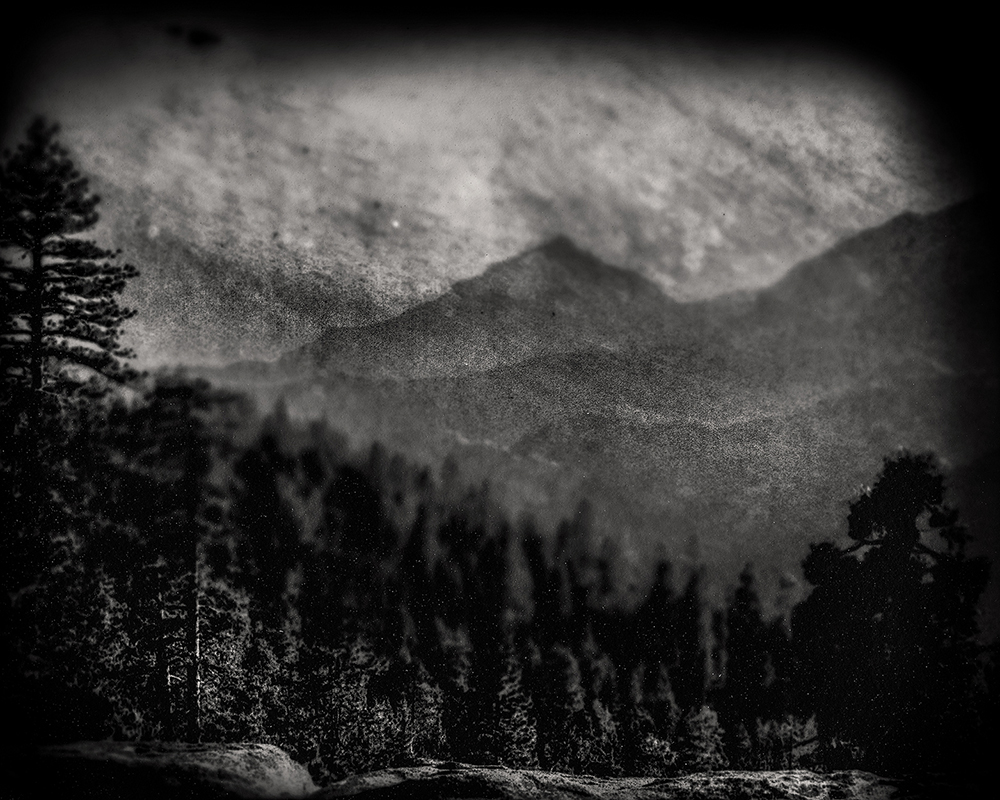
©Marcus DeSieno, 36.887900, -118.555100 Medium:Archival Pigment Print of a Still from a Surveillance Camera Feed Year: 2015
No Man’s Land: Views From a Surveillance State
In our increasingly intrusive electronic culture, how do we delineate the boundaries between public and private? No Man’s Land: Views From a Surveillance State is a body of work that interrogates how surveillance technology has changed our relationship to—and understanding of—landscape and place in the current geopolitical climate.
To produce this work, I hack and tap into surveillance cameras and CCTV feeds in pursuit of the “classical” picturesque landscape and the sublime. The resulting visual product becomes dislocated from its automated origins and leads to an investigation of land, of borders, and power. The very act of surveying a site through these photographic systems implies a dominating relationship between man and place.
How can we move forward as global community to address issues of clandestine surveillance and government abuse? Questioning the pervasive nature of surveillance is an essential conversation in our post-Edward Snowden society. Ultimately, in No Man’s Land, I hope to undermine these schemes of social control through these photographs—found while exploiting the technological mechanisms of power in our surveillance society.
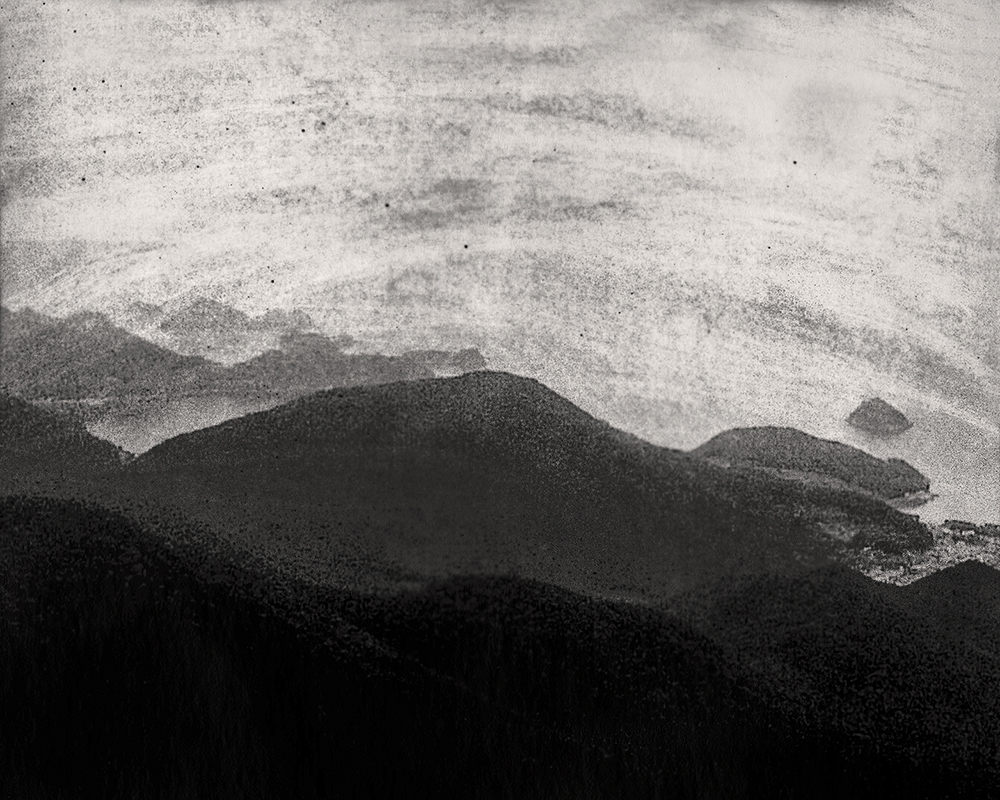
©Marcus DeSieno, 37.874720, 127.734170 Medium:Archival Pigment Print of a Still from a Surveillance Camera Feed Year: 2016
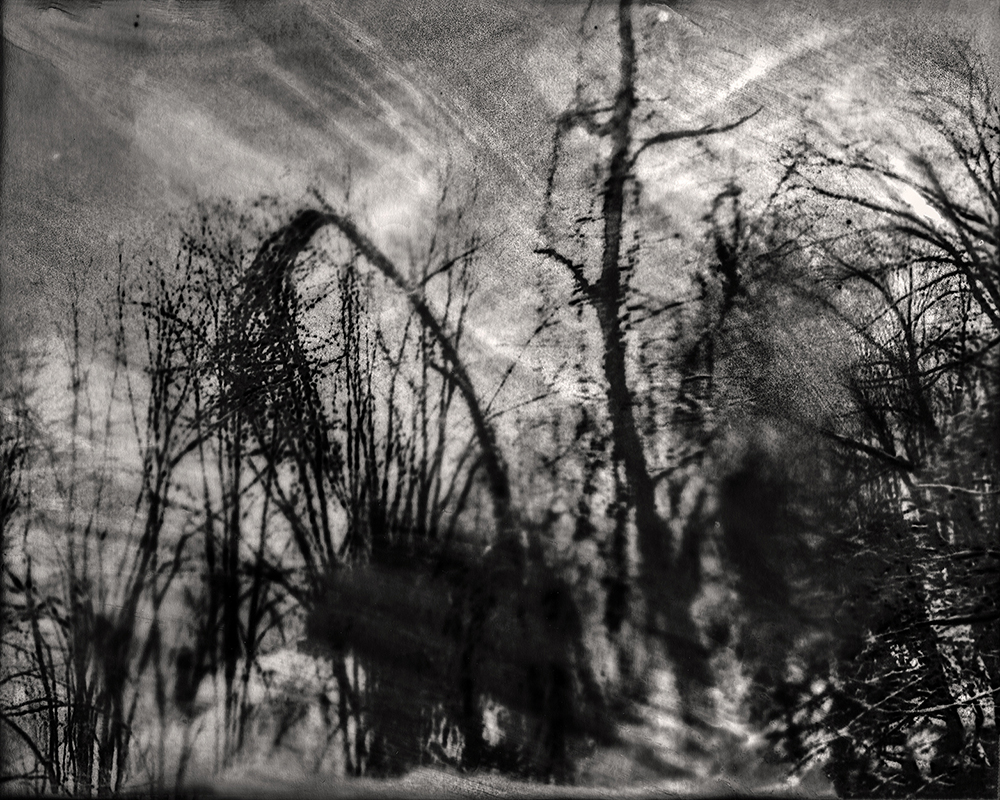
©Marcus DeSieno, 41.997000, -73.997400 Medium: Archival Pigment Print of a Still from a Surveillance Camera Feed Year: 2017
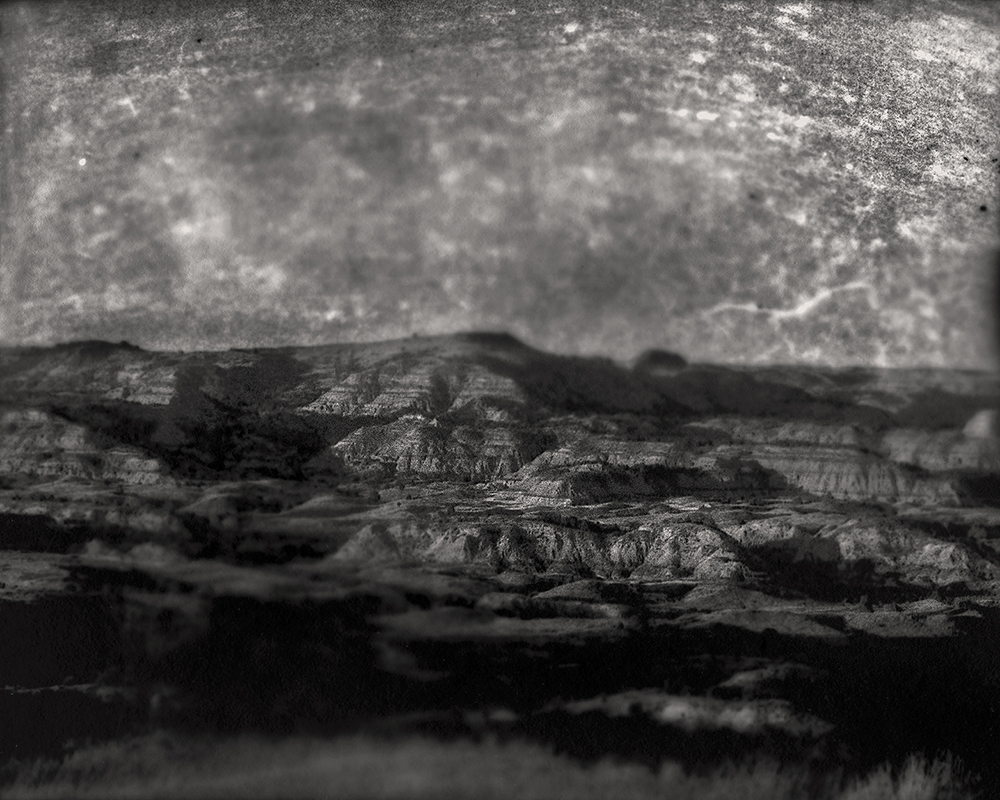
©Marcus DeSieno, 46.979000, -103.538700 Medium: Archival Pigment Print of a Still from a Surveillance Camera Feed Year: 2016
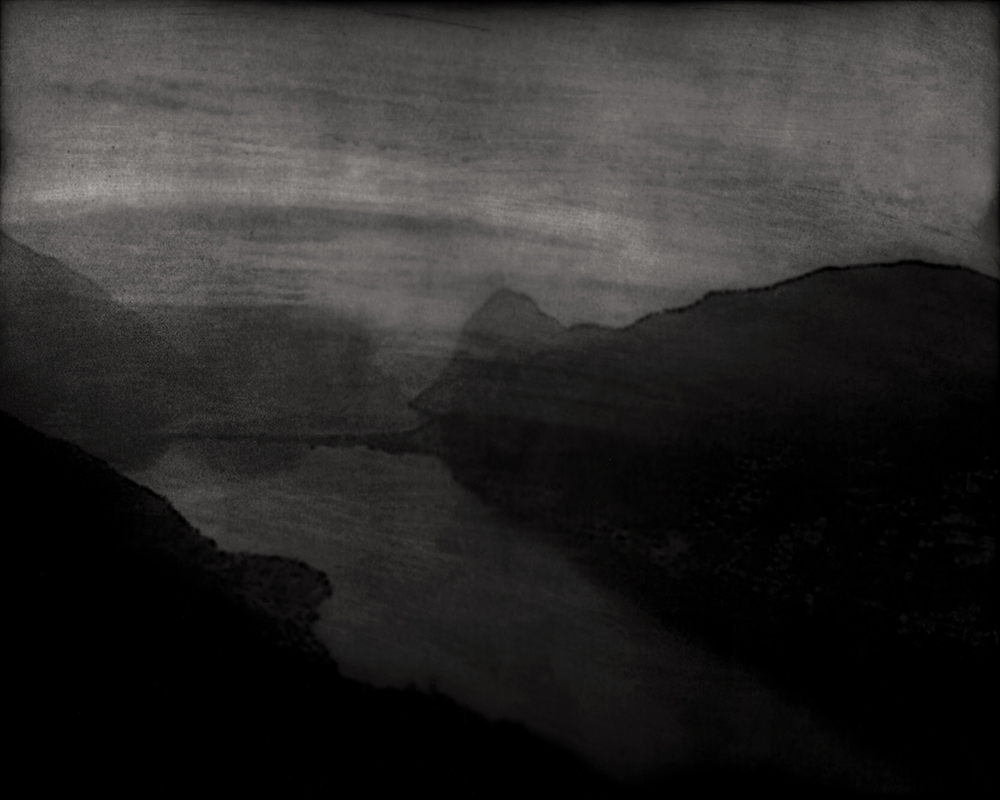
©Marcus DeSieno, 47.183820, 7.373710 Medium:Archival Pigment Print of a Still from a Surveillance Camera Feed Year: 2017
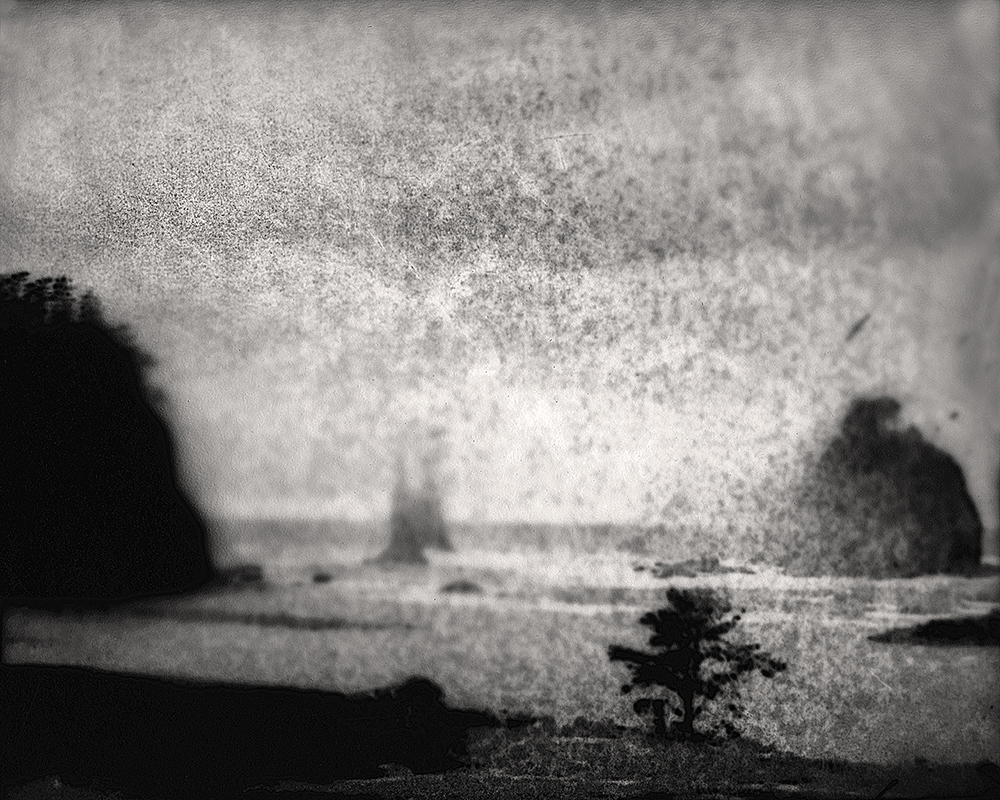
©Marcus DeSieno, 47.710900, -124.415400 Medium:Archival Pigment Print of a Still from a Surveillance Camera Feed Year: 2016
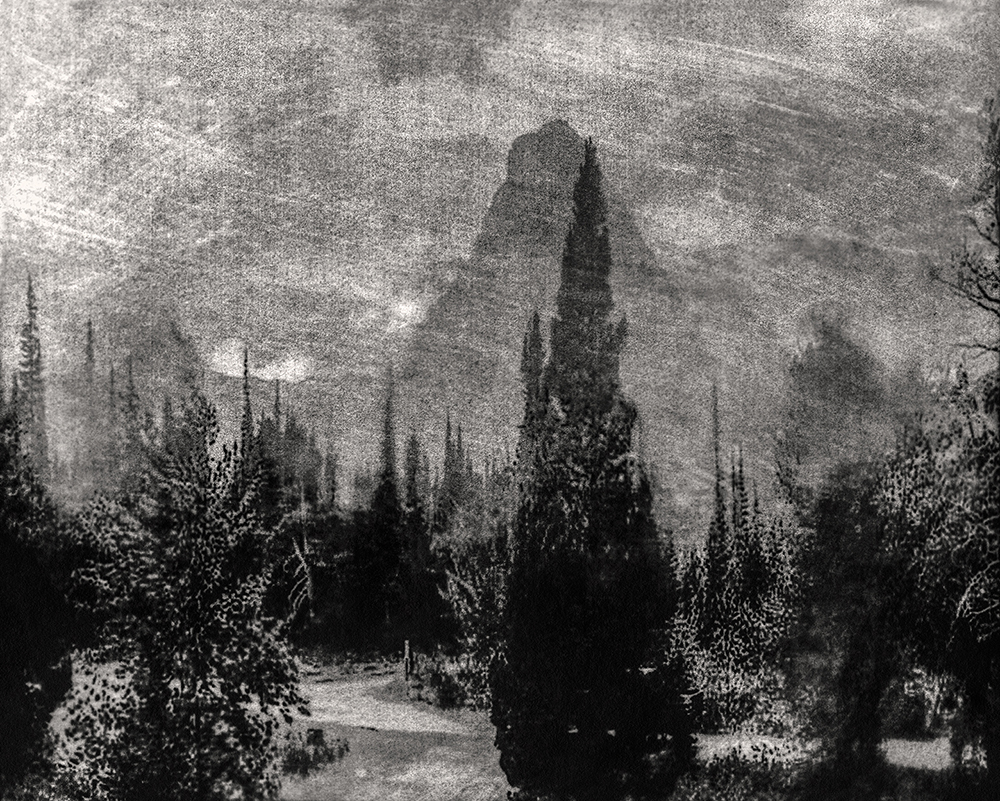
©Marcus DeSieno, 48.294685, -113.241478 Medium: Archival Pigment Print of a Still from a Surveillance Camera Feed Year: 2015
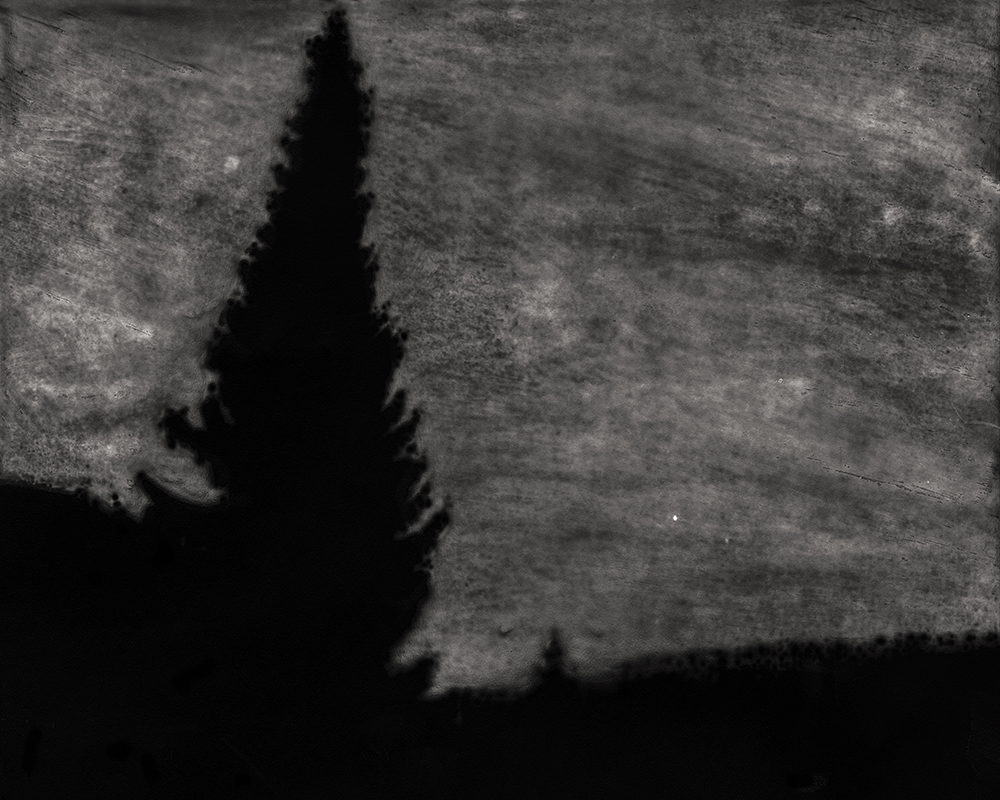
©Marcus DeSieno, 48.306390, 14.286110 Medium:Archival Pigment Print of a Still from a Surveillance Camera Feed Year: 2015
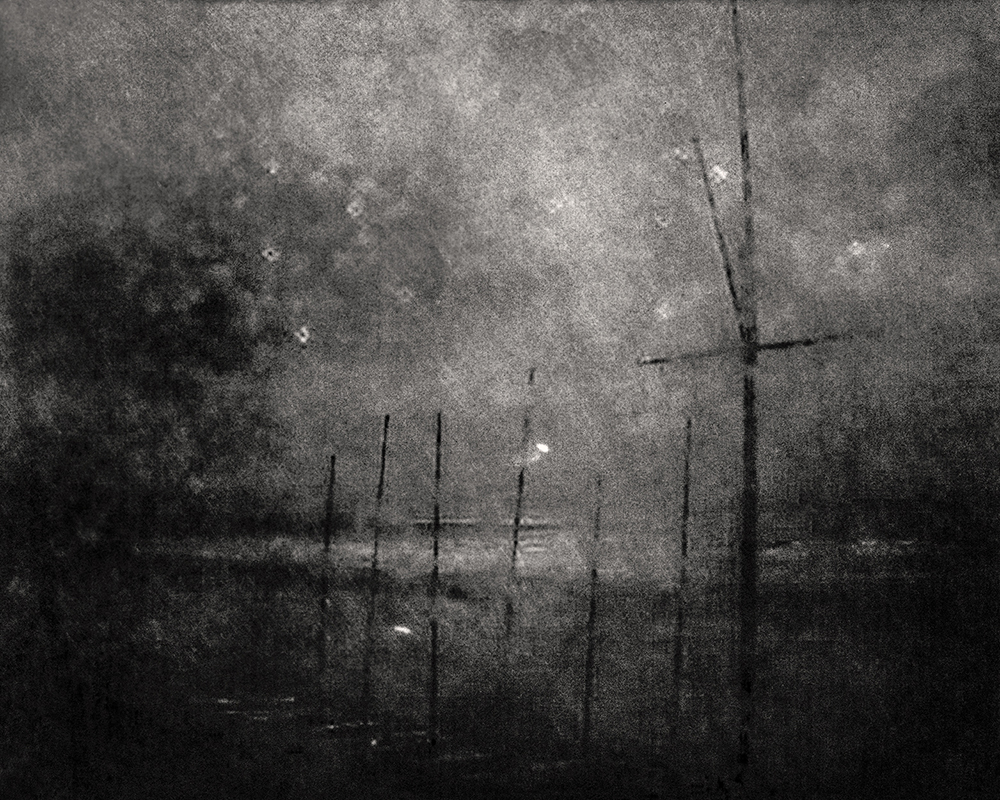
©Marcus DeSieno, 52.143200, -4.394850 Medium:Archival Pigment Print of a Still from a Surveillance Camera Feed Year: 2015
Posts on Lenscratch may not be reproduced without the permission of the Lenscratch staff and the photographer.
Recommended
-
Arnold Newman Prize: C. Rose Smith: Scenes of Self: Redressing PatriarchyNovember 24th, 2025
-
Celebrating 20 Years of Critical Mass: Cathy Cone (2023) and Takeisha Jefferson (2024)October 1st, 2025
-
Celebrating 20 Years of Critical Mass: George Nobechi (2021) and Ingrid Weyland (2022)September 30th, 2025
-
Celebrating 20 Years of Critical Mass: Amy Friend (2019) and Andrew Feiler (2020)September 29th, 2025
-
Celebrating 20 Years of Critical Mass: Jennifer McClure (2017) and JP Terlizzi (2018)September 28th, 2025

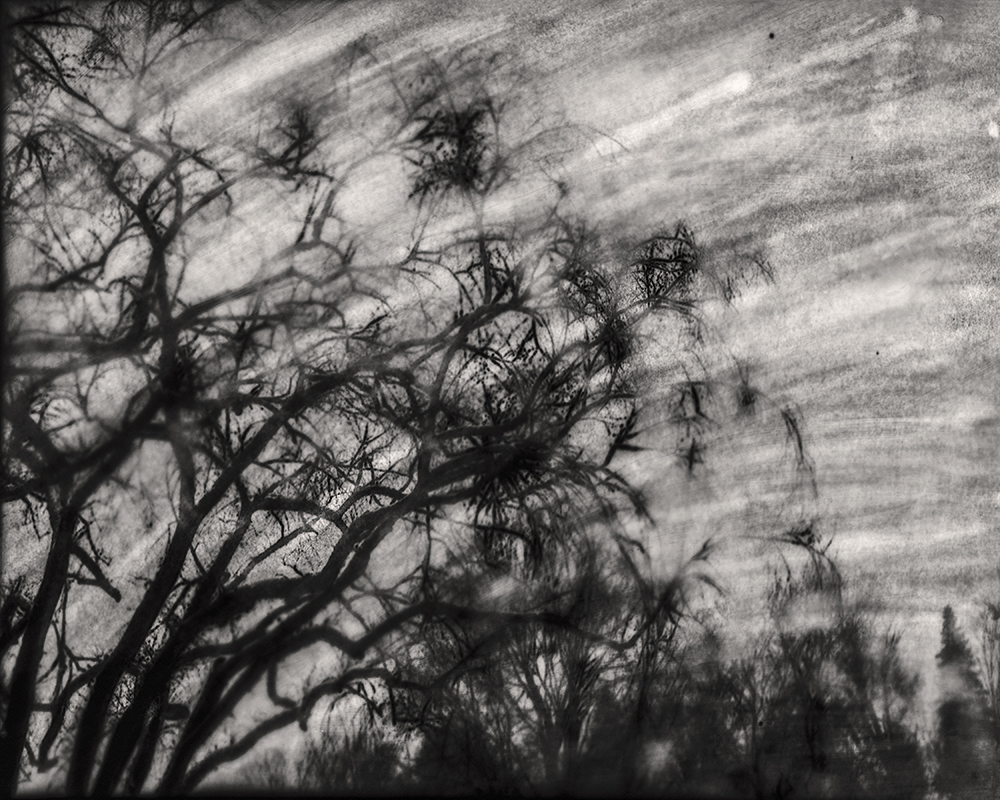
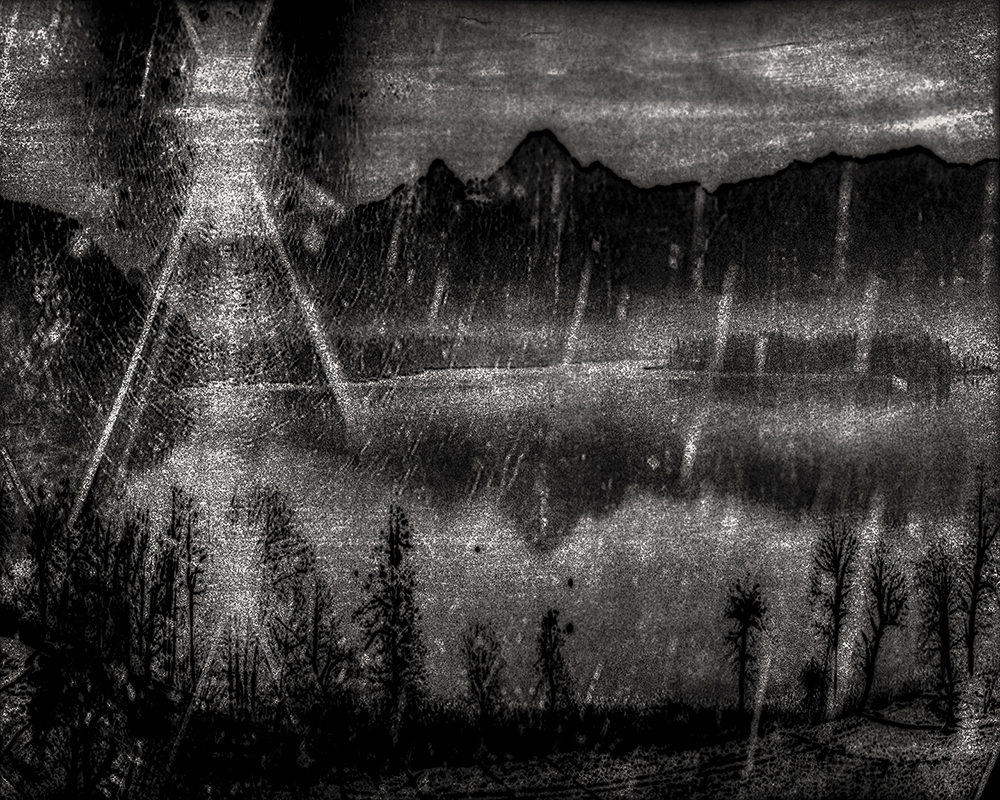
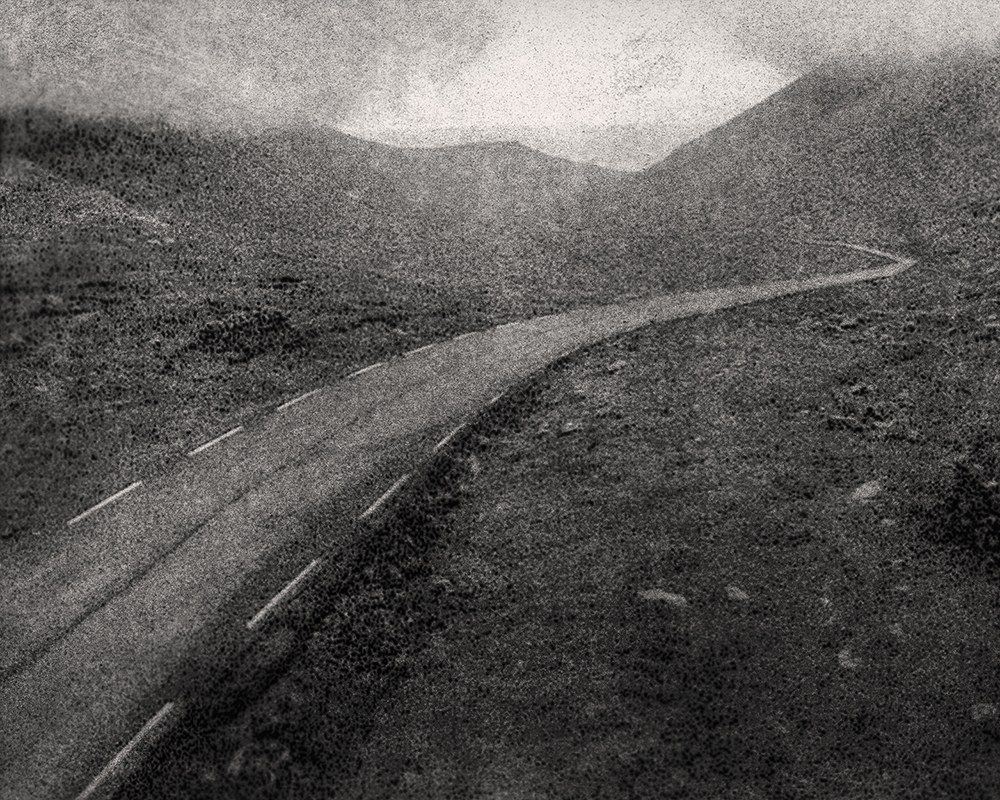

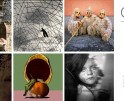









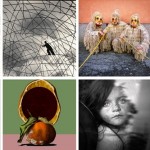
![CHILD OF ANCESTORS [FOTOSBYKIMBERLY]](http://lenscratch.com/wp-content/uploads/2021/10/CHILD-OF-ANCESTORS-FOTOSBYKIMBERLY-150x150.jpeg)
